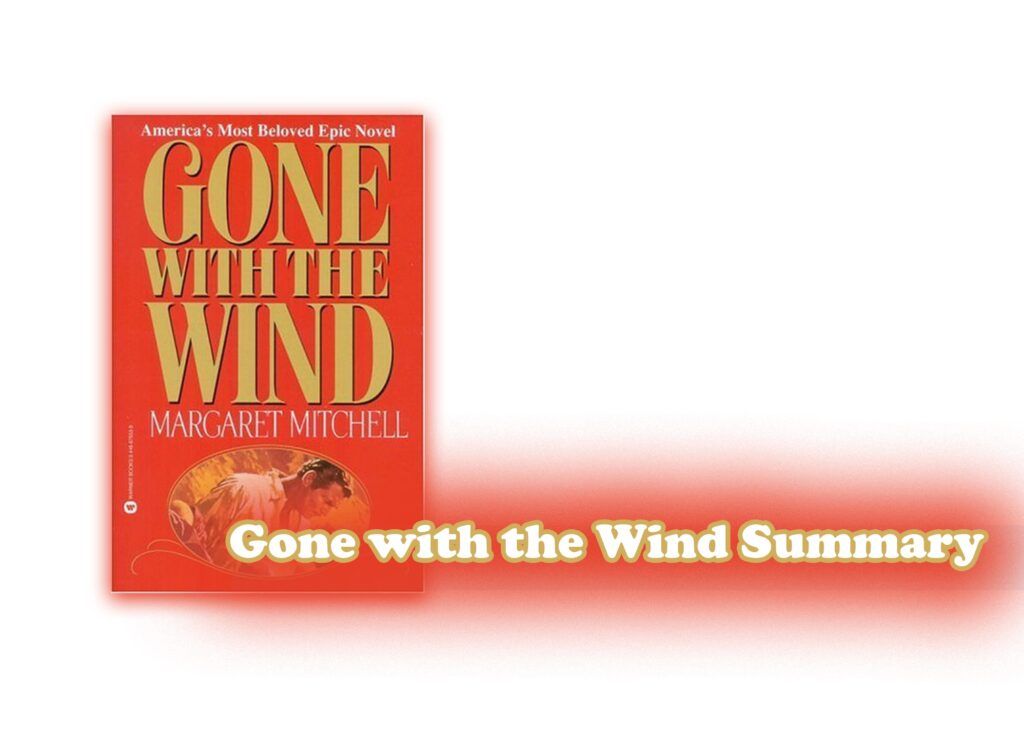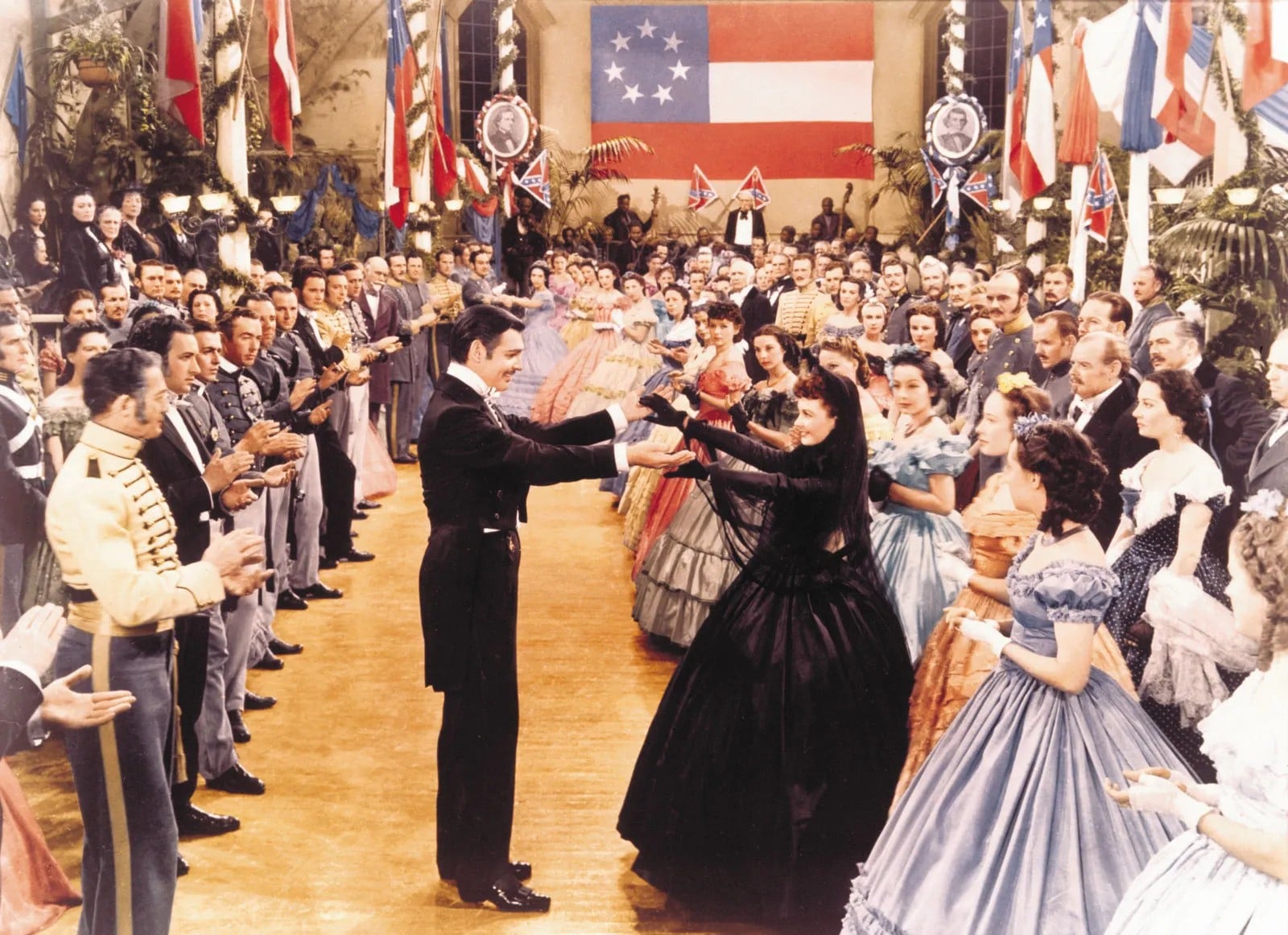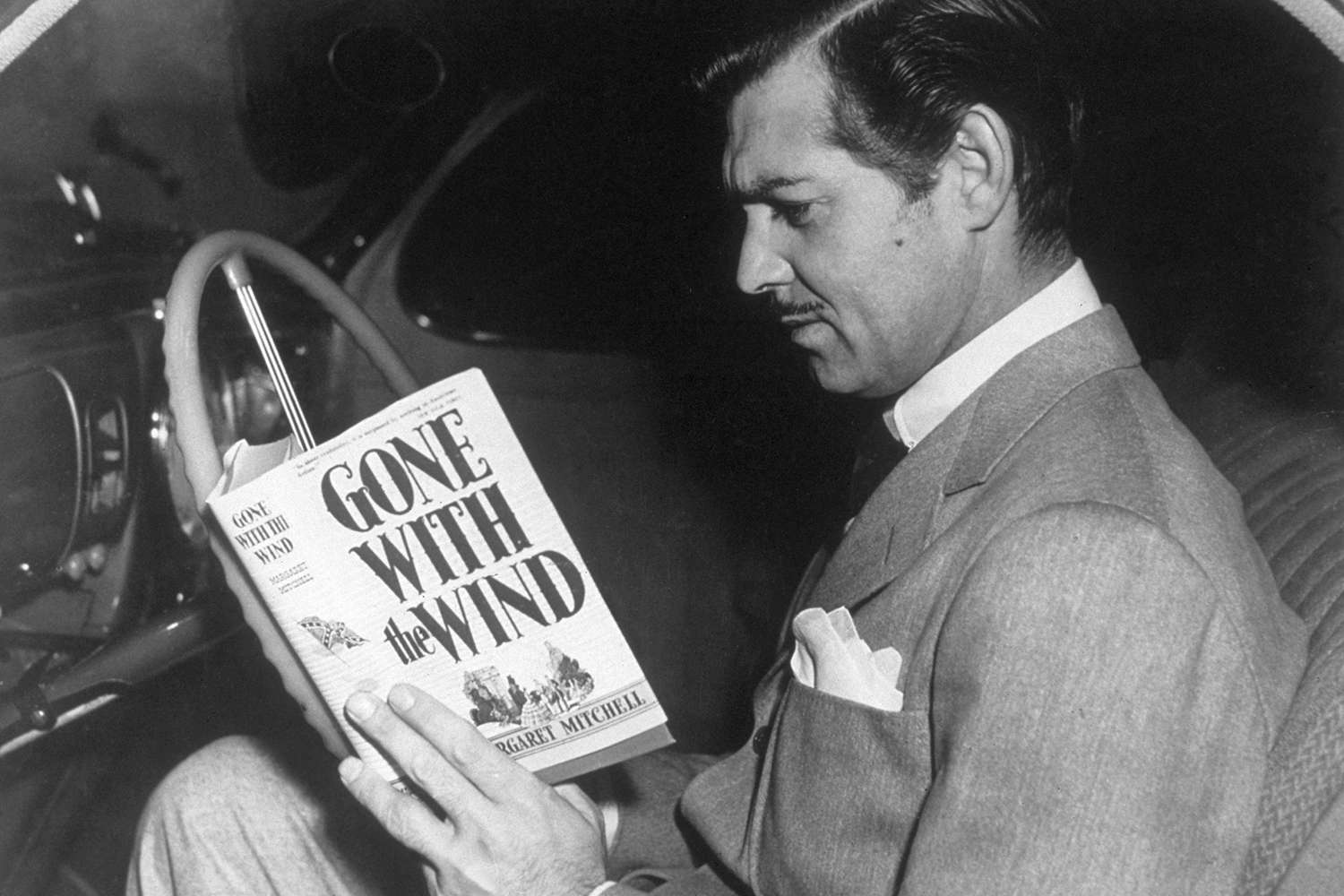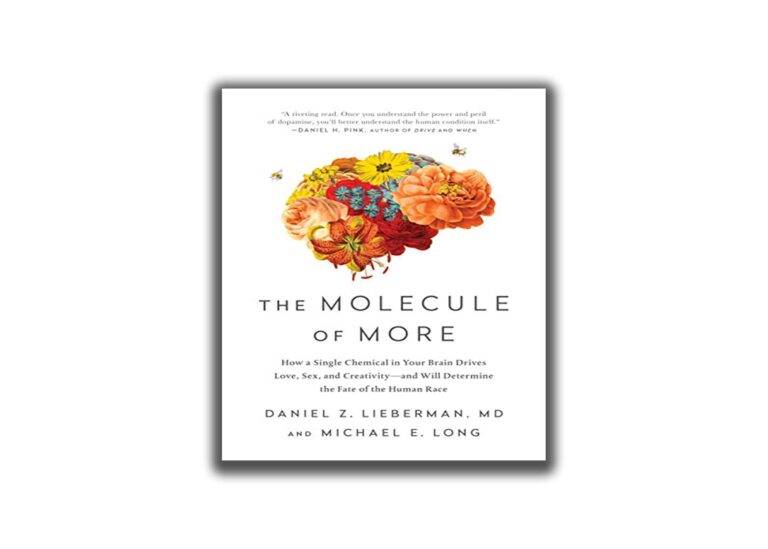
Gone with the Wind Summary
Gone with the Wind Summary – Themes, and Legacy
Gone with the Wind, written by Margaret Mitchell and first published in 1936, is one of the most celebrated novels in American literature. The story, set during the American Civil War and the Reconstruction era, follows the life of Scarlett O’Hara, a determined Southern woman who struggles to survive and adapt through love, loss, and social upheaval. The book is not only a romantic and historical saga but also a profound reflection on human resilience, ambition, and transformation

Plot Summary
1. Life Before the War
At the beginning of the novel, Scarlett O’Hara lives a privileged life on her family’s plantation, Tara, in Georgia. She is beautiful, confident, and used to getting her way. Scarlett is secretly in love with Ashley Wilkes, a refined and intelligent man who represents the old Southern ideals. However, when Ashley announces his engagement to his cousin Melanie Hamilton, Scarlett is heartbroken and reacts impulsively by confessing her love — only to be rejected
During this scene, Scarlett meets Rhett Butler, a charming, cynical man from Charleston who sees through her manipulative behavior. Rhett instantly becomes fascinated by Scarlett’s fiery spirit
2. The War and Its Consequences
When the Civil War begins, the lives of Southern families, including the O’Haras, change forever. Scarlett marries Charles Hamilton, Melanie’s brother, out of spite, not love. Shortly after, Charles dies in the war, leaving Scarlett a young widow with a son
Scarlett moves to Atlanta to live with Melanie and her aunt, where she experiences the harsh realities of war. As the city falls to Union forces, she becomes a symbol of survival and determination. In one of the most iconic moments of the novel, after escaping to Tara and finding it destroyed, Scarlett vows,
“As God is my witness, I’ll never be hungry again”
This quote captures her transformation from a spoiled girl into a woman driven by survival and ambition
3. Rebuilding and Survival
The post-war South is filled with poverty, loss, and chaos. Scarlett takes charge of saving Tara, doing whatever it takes to keep her family alive — even marrying for money. Her second marriage is to Frank Kennedy, her sister’s fiancé, which she does purely to save Tara from taxes
Scarlett’s business sense shines as she starts a lumber business, breaking all the social norms of her time. Her pragmatic and ruthless approach to survival sets her apart from traditional Southern women, who still cling to old ideals
Rhett Butler reenters her life, admiring her strength and independence. Despite their differences, they share a deep chemistry, and eventually, they marry. Their marriage is passionate but also turbulent, marked by love, pride, and misunderstanding
4. The Fall of Scarlett and Rhett
Scarlett’s inability to let go of her obsession with Ashley ultimately destroys her marriage to Rhett. Though Rhett loves her deeply, he grows tired of competing with a fantasy. Their daughter, Bonnie Blue Butler, becomes the center of their lives and a symbol of their fragile happiness. Tragedy strikes when Bonnie dies in a riding accident, shattering Rhett emotionally
In the end, Rhett leaves Scarlett, uttering the famous line:
“Frankly, my dear, I don’t give a damn”
Only then does Scarlett realize that she truly loves Rhett, not Ashley. The novel closes with her determined to win Rhett back, saying:
“After all, tomorrow is another day”
This ending, filled with both loss and hope, captures Scarlett’s unbreakable will to survive and start anew

Main Themes
1. Survival and Resilience
Scarlett’s journey from a pampered girl to a strong, self-reliant woman embodies the theme of survival. Her refusal to give up, no matter the circumstances, makes her one of literature’s most memorable heroines. This theme also mirrors the South’s struggle to rebuild after the Civil War
2. Love and Desire
The love triangle between Scarlett, Ashley, and Rhett drives much of the narrative. Scarlett’s obsession with Ashley blinds her to real love, while Rhett’s deep affection for her turns to frustration and disillusionment. The novel explores how love can be both destructive and redemptive
3. Change and Transformation
Gone with the Wind is also about transformation — personal, social, and cultural. The old Southern way of life, based on slavery and aristocracy, collapses, and those who adapt (like Scarlett and Rhett) survive. Those who cling to the past (like Ashley) are left behind
4. Gender and Power
Scarlett’s defiance of gender roles is groundbreaking for her time. She takes control of her finances, runs businesses, and makes tough decisions, challenging the traditional image of Southern femininity. Through Scarlett, Mitchell portrays a complex female character who is both admirable and flawed
Symbolism and Style
Mitchell uses Tara, the O’Hara family plantation, as a symbol of stability, identity, and heritage. No matter where life takes Scarlett, Tara remains her emotional anchor
The title, Gone with the Wind, symbolizes the loss of an entire way of life — the genteel Southern society swept away by war and change
Mitchell’s narrative style combines rich historical detail with psychological depth, making readers both admire and question Scarlett’s actions. Her storytelling immerses readers in the emotional and moral complexities of human nature

Legacy and Impact
Since its publication, Gone with the Wind has sold over 30 million copies worldwide and has been translated into numerous languages. The 1939 film adaptation, starring Vivien Leigh as Scarlett and Clark Gable as Rhett, became one of the most iconic movies of all time, winning 10 Academy Awards
The novel remains a subject of both admiration and controversy. Critics praise its strong characters and storytelling but also debate its portrayal of slavery and race. Despite these discussions, its influence on literature and pop culture is undeniable
Conclusion
Gone with the Wind is more than just a love story — it’s a portrait of endurance, ambition, and transformation in the face of immense change. Scarlett O’Hara stands as a symbol of human strength, reminding us that survival often comes at the cost of innocence. Through war, loss, and love, Mitchell paints a timeless picture of what it means to rebuild one’s life from the ashes
In this article from How2, we summarized one of the masterpieces of the book world, the book Gone with the Wind. You will surely remember this book with the movie Gone with the Wind. A movie that is full of memories and romantic and special moments. We hope you enjoyed reading this content and that it brought back memories for you. For more articles, visit the newsletter section
To support us, just introduce us to your friends by sharing this article on social networks.
You can also share your opinions with us through comments or through the contact us page.






